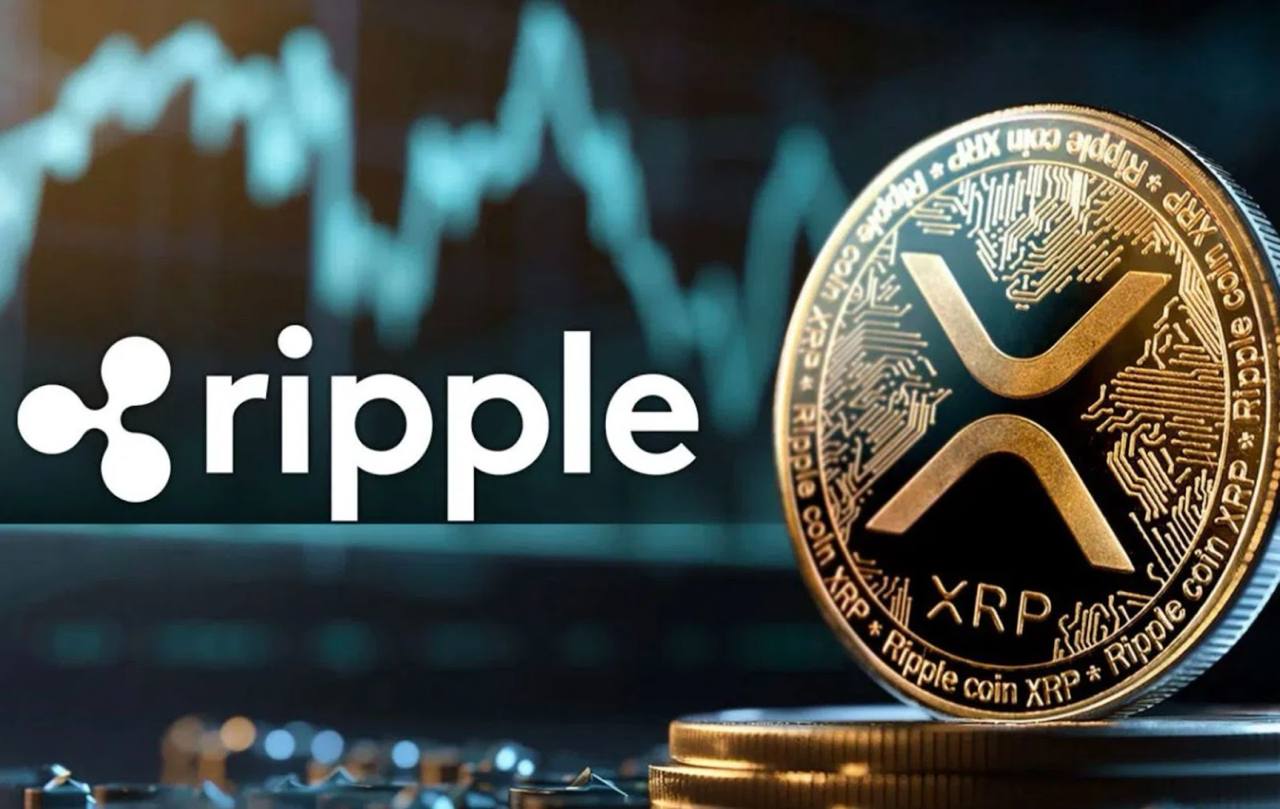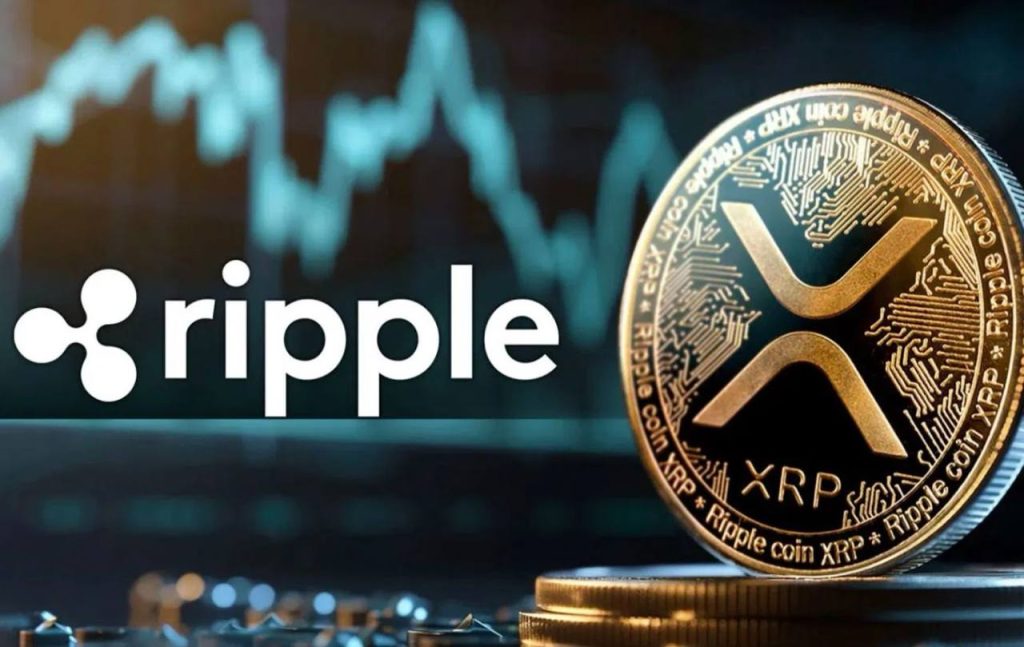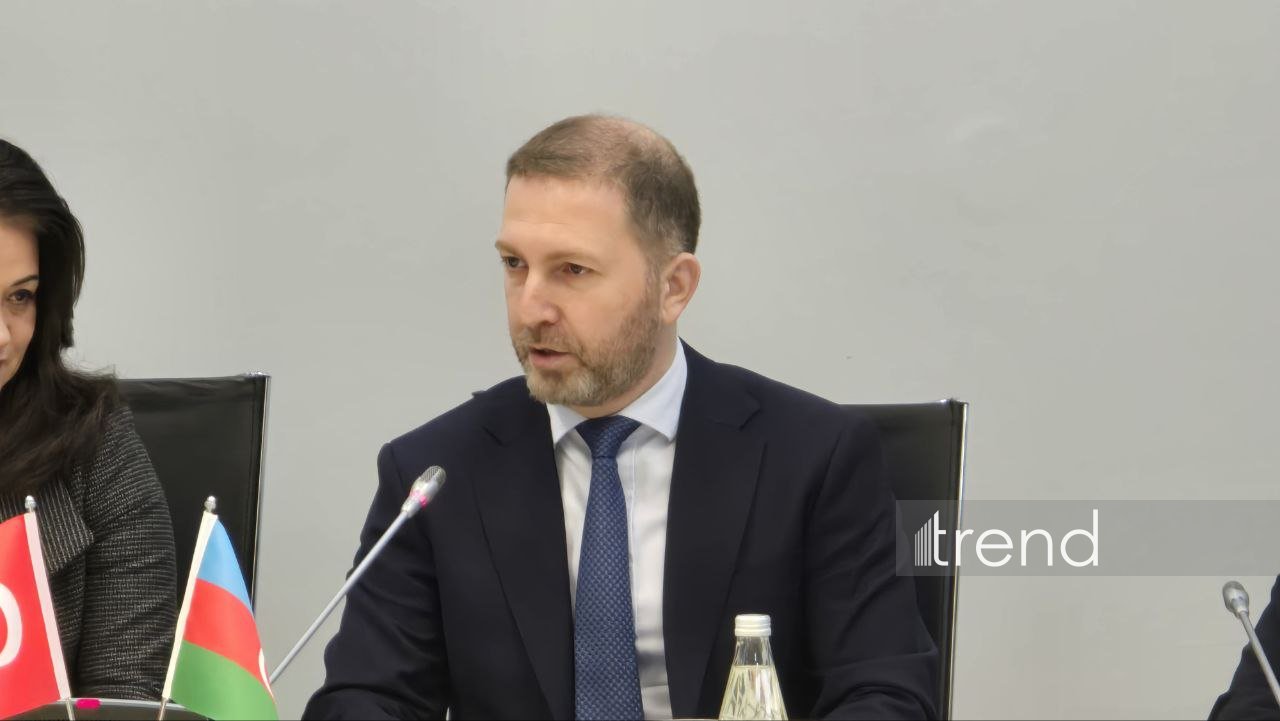Institutional Confidence Deepens as T. Rowe Price Leads with First Managed XRP ETF Filing


Earlier this week, legacy asset manager T. Rowe Price (which manages billions of dollars of assets) filed a registration statement (Form S-1) with the U.S. Securities and Exchange Commission proposing an actively managed crypto exchange-traded fund (ETF) that would include among its holdings the digital asset XRP. OKX+2MEXC+2 This filing is notable for several reasons: it is reported to be “the first ever actively managed XRP ETF” to be officially filed. MEXC+1
What the filing proposes
According to the press coverage, the proposed fund—tentatively named the “T. Rowe Price Active Crypto ETF” — is structured to invest in a diversified basket of digital assets (including Bitcoin, Ethereum, Solana and XRP) and would be managed actively (rather than simply tracking a static index). MEXC As an active fund, the manager would have discretion to adjust holdings based on valuation, momentum or other criteria. The filing signals that this could trade on the NYSE Arca exchange. MEXC
Why this matters
-
Institutional signalling – T. Rowe Price is a traditional, established asset manager, rather than a niche crypto-only shop. Its move into crypto ETFs — and specifically one that includes XRP — conveys growing institutional confidence. For many observers, this is a very strong signal that digital assets are being embraced by mainstream finance.
-
XRP inclusion – The inclusion of XRP in the portfolio is especially meaningful because XRP has faced regulatory overhang in the U.S. (notably litigation with the SEC). The fact that a major asset manager is filing an ETF that includes XRP suggests that the regulatory environment is evolving and that exposure to digital assets beyond just Bitcoin/Ethereum is becoming feasible.
-
Active management – Most crypto ETFs filed to date (and many traditional ETFs) are passive — i.e., tracking an index or picking holdings according to a formula. An actively managed crypto ETF allows the manager to make dynamic decisions. This may offer greater flexibility (but also greater risk) and indicates the asset-class is maturing enough for this kind of structure to be viable.
-
Regulatory precedent – Each new filing helps clarify regulatory pathways in the U.S. for crypto-based ETFs, especially those covering assets beyond Bitcoin. Filing an S-1 for an actively managed product broadens the potential types of crypto investment vehicles.
The broader XRP ETF filing landscape
While the T. Rowe Price filing is being described as the first actively managed XRP ETF, XRP-related ETF filings more broadly have been mounting. For example:
-
WisdomTree filed an S-1 on December 2 2024 for a spot XRP ETF listed on Cboe BZX. Cointelegraph
-
Several firms (e.g., 21Shares, Bitwise Asset Management, Grayscale Investments) are pursuing spot-XRP ETF filings, with deadlines and review periods tracking the standard 240-day review window. The Bit Journal
-
In Canada, for example, the website tracking XRP ETFs notes that Canadian firms like Purpose Investments and 3iQ launched XRP spot ETFs on the Toronto Stock Exchange in June 2025. xrp-etfs.com
Thus, the T. Rowe Price filing is part of a broader trend, but distinguishes itself as the first actively managed product (rather than purely passive) that includes XRP.
Potential implications and risks
The filing opens up several key implications:
-
Access for investors: An actively managed ETF including XRP could offer retail and institutional investors a regulated, exchange-listed way to gain diversified exposure to digital assets (including XRP) without the need for direct ownership or crypto wallet infrastructure.
-
Liquidity and credibility: The involvement of a major asset manager may enhance credibility, reduce some of the perceived risk of crypto exposure, and potentially increase liquidity in the market for XRP and other included assets.
-
Competitive response: Other asset managers may accelerate their filings or policies to include XRP and other altcoins. This could lead to a broader “altcoin ETF” ecosystem, beyond just Bitcoin and Ethereum.
-
Regulatory evolution: The SEC and other regulators may see this filing as further reason to articulate clearer rules around crypto ETFs (including altcoins). The success (or failure) of the product could set precedent for future filings.
But with the opportunity come risks and challenges:
-
Regulatory uncertainty: While the filing is a milestone, the SEC’s approval is not guaranteed. There may be delays, conditions, or even rejection depending on how the underlying assets are treated under securities law (especially XRP given its history).
-
Custody and operational risk: Crypto assets bring new risks (custody, valuation, market manipulation, derivatives exposure). For an ETF that includes XRP and other altcoins, these risks may be magnified, and investors should pay attention to the fund’s prospectus and risk disclosures.
-
Market risk and performance unpredictability: Actively managed funds do not guarantee better outcomes than passive ones, and crypto markets can be volatile. The added layer of active management also adds cost and complexity.
-
Structural and technical concerns: Depending on how the ETF is structured (direct holdings vs derivatives, Cayman subsidiary holdings, etc.), there may be tax, liquidity, or regulatory wrinkles. Past crypto ETFs have used complex structures for compliance.
Strategic considerations for investors
For investors watching this development, some key strategic take-aways:
-
Due diligence: If and when the ETF launches, review the prospectus carefully: what proportion of assets will be in XRP vs other cryptos, how is custody handled, what fees apply, how active is the management, and what are redemption/redemption mechanisms.
-
Compare to passive alternatives: Passive XRP or crypto ETFs (once launched) may differ materially in cost and risk profile compared to an active one. Evaluate whether active management (and higher fees) is justified for your purposes.
-
Portfolio fit & risk tolerance: Inclusion of XRP adds altcoin risk (which may have different drivers than Bitcoin/Ethereum). Investors should assess how exposure to altcoins fits their overall portfolio and risk appetite.
-
Regulatory heartbeat: Keep an eye on regulatory developments (SEC actions, asset manager statements, filings) since crypto ETF approvals remain in flux and subject to change.
-
Timing and liquidity: Should the ETF launch, market reaction will matter. Investors may consider liquidity, bid-ask spreads, early flows, and how the ETF trades relative to its underlying holdings.
Conclusion
The filing by T. Rowe Price for what is being dubbed the “first ever actively managed XRP ETF” marks a meaningful inflection point in the crypto-investment landscape. It signals both increasing institutional engagement in digital-asset ETFs that incorporate altcoins and the maturation of crypto investment vehicles beyond the purely passive, Bitcoin-only models that dominated early. While the regulatory, operational and market risks remain real and significant, the move opens up new possibilities: regulated access to diversified crypto exposure (including XRP), greater legitimacy for altcoin investment, and potentially more competition and innovation in the ETF space.
For the crypto ecosystem—particularly for XRP—this could help broaden participation, deepen liquidity, and accelerate mainstream adoption. But as always in investing, “first mover” filings are just the beginning. Execution, regulation and market conditions will ultimately determine whether the opportunity fulfils its promise.
The post Institutional Confidence Deepens as T. Rowe Price Leads with First Managed XRP ETF Filing appeared first on European Business & Finance Magazine.
















































